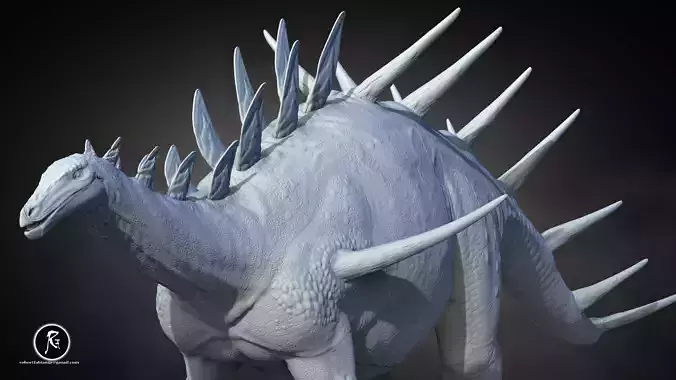1/2
Kentrosaurus was a genus of stegosaurid dinosaur that lived during the Late Jurassic period, approximately 155 to 150 million years ago. It was a relatively small member of the stegosaur family, measuring around 4.5 meters (15 feet) in length and weighing up to 1.5 metric tons. Kentrosaurus is known for its distinctive double row of bony plates and spikes that ran along its back and tail. The plates were smaller and more pointed compared to its more famous relative, Stegosaurus. Towards the tail, these plates transitioned into long, sharp spikes, which likely served as a formidable defense against predators. Kentrosaurus had a small head with a beak-like mouth, suited for a herbivorous diet consisting of low-lying plants. Its fossils have been primarily found in what is now Tanzania, Africa. The discovery of Kentrosaurus has provided valuable insights into the diversity and evolution of stegosaurs, as well as their ecological role during the Late Jurassic period.
REVIEWS & COMMENTS
accuracy, and usability.


